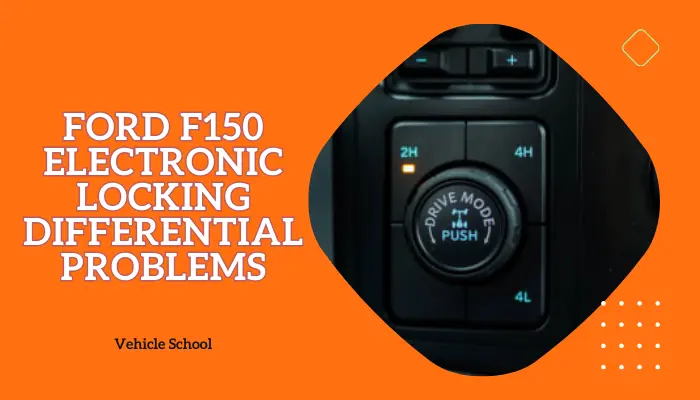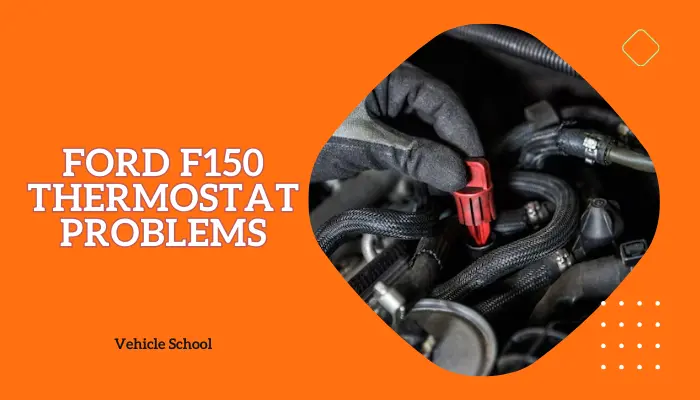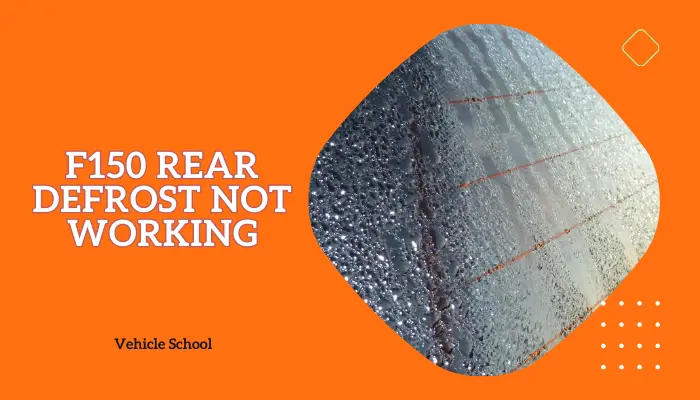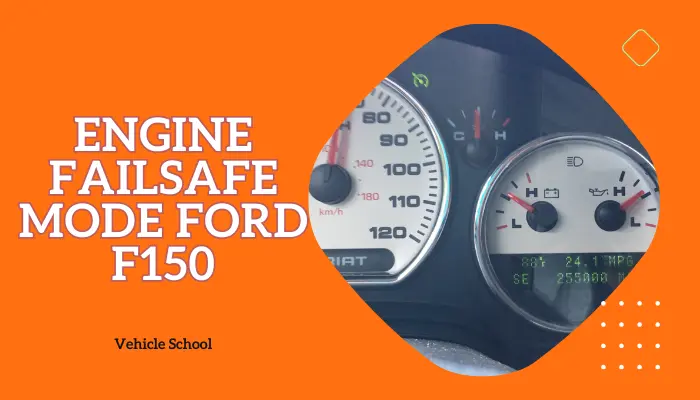Ever noticed your Ford F150 jerking when you hit the gas pedal? It feels weird and makes you wonder what’s going on. Sometimes it sputters, other times it hesitates. But don’t worry, in this article, I’ll tell you what might be causing this issue and how you can fix it.
Why Does My Ford F150 Jerk When I Accelerate?
Your Ford F-150 jerks when accelerating because of a bad torque converter, dried-up slip yokes, dirty air filters and fuel injectors. This can be fixed by greasing slip yokes, changing the torque converter, swapping air filters, or using a fuel system cleaner. For cylinder issues, you’ll have to replace coil packs.
Let’s talk about why the ride feels so bumpy in detail:
1. Bad Torque Converter
A failing torque converter in the transmission can cause jerking during acceleration in your F-150.
Wear and tear caused by regular use, along with inadequate transmission fluid maintenance, contribute to its degradation.
This results in inefficient power transfer, leading to erratic acceleration and noticeable jerking.
2. Dry Slip Yokes
Dry slip yokes in the driveline can also cause jerking during acceleration.
Lack of proper lubrication, often due to neglecting routine maintenance, causes increased friction in the driveshaft.
This leads to binding, resulting in hesitation and jolting sensations during acceleration.
3. Dirty Air Filters
Reduced engine performance and acceleration jerking in your F-150 can stem from dirty air filters.
Contaminants accumulating in the air filter over time impede airflow to the engine.
In dusty or polluted environments, infrequent replacements exacerbate the issue, causing a disrupted air-to-fuel ratio and misfires during acceleration.
4. Dirty Fuel Injectors
Disruption in the combustion process leads to acceleration jerking and is linked to dirty fuel injectors.
The buildup of deposits, attributed to poor fuel quality or infrequent system cleaning, affects fuel delivery.
This, in turn, causes engine misfires and a noticeable jerking sensation when accelerating.
5. Cylinder Issue
Damaged cylinders can be another culprit that’s causing this issue in your F-150.
Factors like overheating, poor lubrication, or manufacturing defects can harm cylinders, disrupting the combustion process.
This damage can result in misfires, leading to irregular power delivery, hence causing jerking during acceleration and shakes while idling.
How To Fix Your F150 That Shakes While Accelerating?
Now, let’s talk about all the ways you can get rid of the issue:
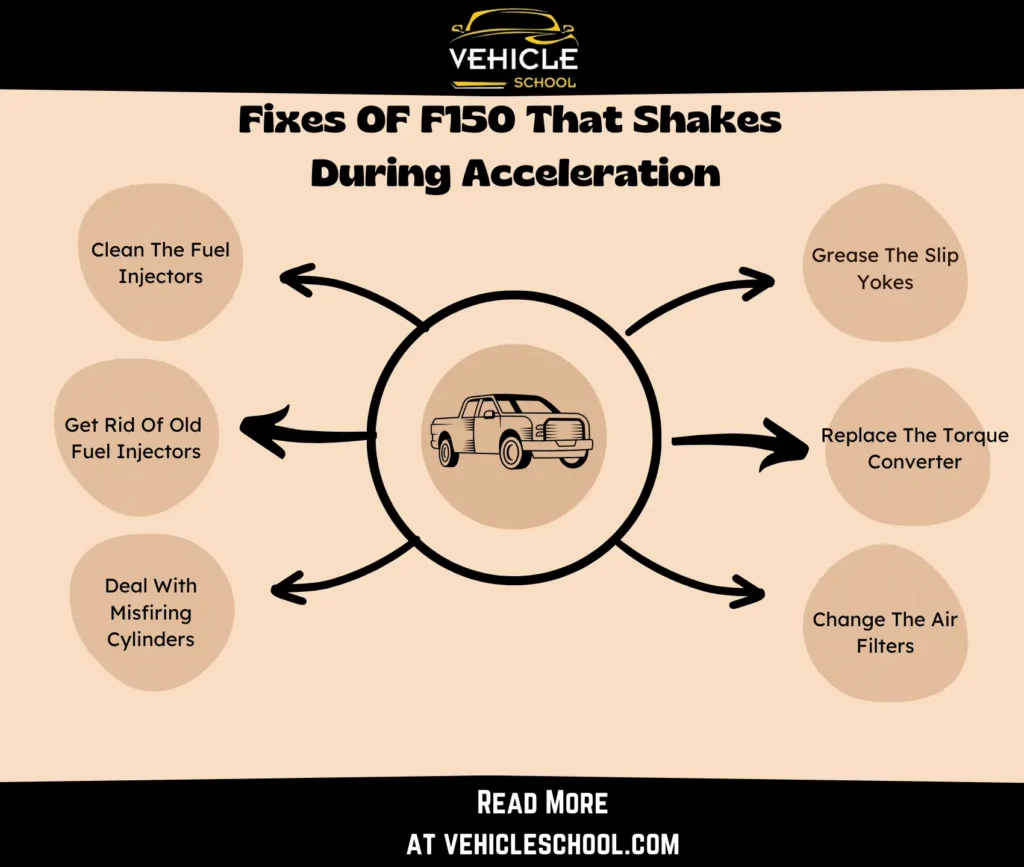
1. Grease The Slip Yokes
- Lift your truck for easier access.
- Find a slip yoke on the drive shaft.
- Carefully remove the drive shaft, noting any clamps or bolts.
- Check the slip yoke for wear or coating.
- Get a grease kit.
- Apply the provided grease to the slip yoke.
- Put the slip yoke back into the transfer case.
- Check alignment using markers or reference points.
- Reassemble any removed parts.
- Test drive to check if the issue is gone.
2. Replace The Torque Converter
- Pull off the old torque converter.
- Get a new one that fits.
- Pour in 2-3 quarts of Ford’s recommended synthetic transmission fluid.
- Let the bubbles escape while you’re filling it.
- Make sure the fluid level looks good; expect the converter to get much heavier.
- Put it over the two shafts for installation.
- You’ll feel a “double clunk” as it slides onto both shafts.
- Check if the shafts are inside the bell housing.
- Make sure the nubbies don’t stick out past the bell housing.
- Put the whole thing back in your truck.
3. Change The Air Filters
- Pop the hood of your Ford F-150.
- Find the air filter housing.
- Undo the clips on the housing lid and lift it off.
- Remove the old filter.
- Check for any leaves or junk inside the housing.
- Drop in the new air filter, making sure it fits right.
- Slide the lid back on and clip it in.
- Put the hood back in place.
4. Clean The Fuel Injectors
- Grab a bottle of fuel system cleaner, like Chevron Techron.
- Pour it into a full tank of gas, following the recommended amount.
- Take a drive to let the cleaner do its thing in the fuel system.
Cleaning the fuel injectors will also help solve the problem of poor gas mileage.
5. Get Rid Of Old Fuel Injectors
If cleaning does nothing, you might need a full replacement. Follow these steps to do that:
- Pull the fuel pump fuse and crank the engine to release pressure.
- Clear the way, remove the 8-mm bolts, and access the fuel rail.
- Spray brake cleaner for lube and debris.
- Disconnect the plug, unclip the PCV hose, and pull out the old injector.
- Insert a new injector, clip it, and use brake cleaner to seat the fuel rail.
- Reconnect the PCV hose, secure the rail with bolts, and check for leaks.
- Start the engine, listen for the pump, and ensure it runs right.
- Put back the pump relay, close the fuse box, and go for a quick drive.
6. Deal With Misfiring Cylinders
In my experience, you don’t need to do a full repair of the engine if it’s the cylinders causing the jerking issues. You can just replace the coil packs in the following manner:
- Locate the misfiring cylinder.
- Disconnect the faulty coil pack.
- Remove the seven-millimeter bolt securing it.
- Inspect and replace the problematic coil pack.
- Check for vacuum leaks or disconnected hoses.
- Clear debris from the cylinder with an air gun.
- Install and secure the new coil pack.
- Reconnect the electrical connector.
- Tighten connections and address any issues.
- Use a scanner to erase any trouble codes.
- Take your f150 for a test drive and see if the issue persists.
Endnotes
I’ve laid out the road to smooth acceleration for you. The good news is that most of these issues are within your grasp to tackle.
Can’t let those jerks and jolts cramp our driving style, right?
So roll up your sleeves and try the fixes I discussed to get rid of jerks during acceleration in your f-150.

